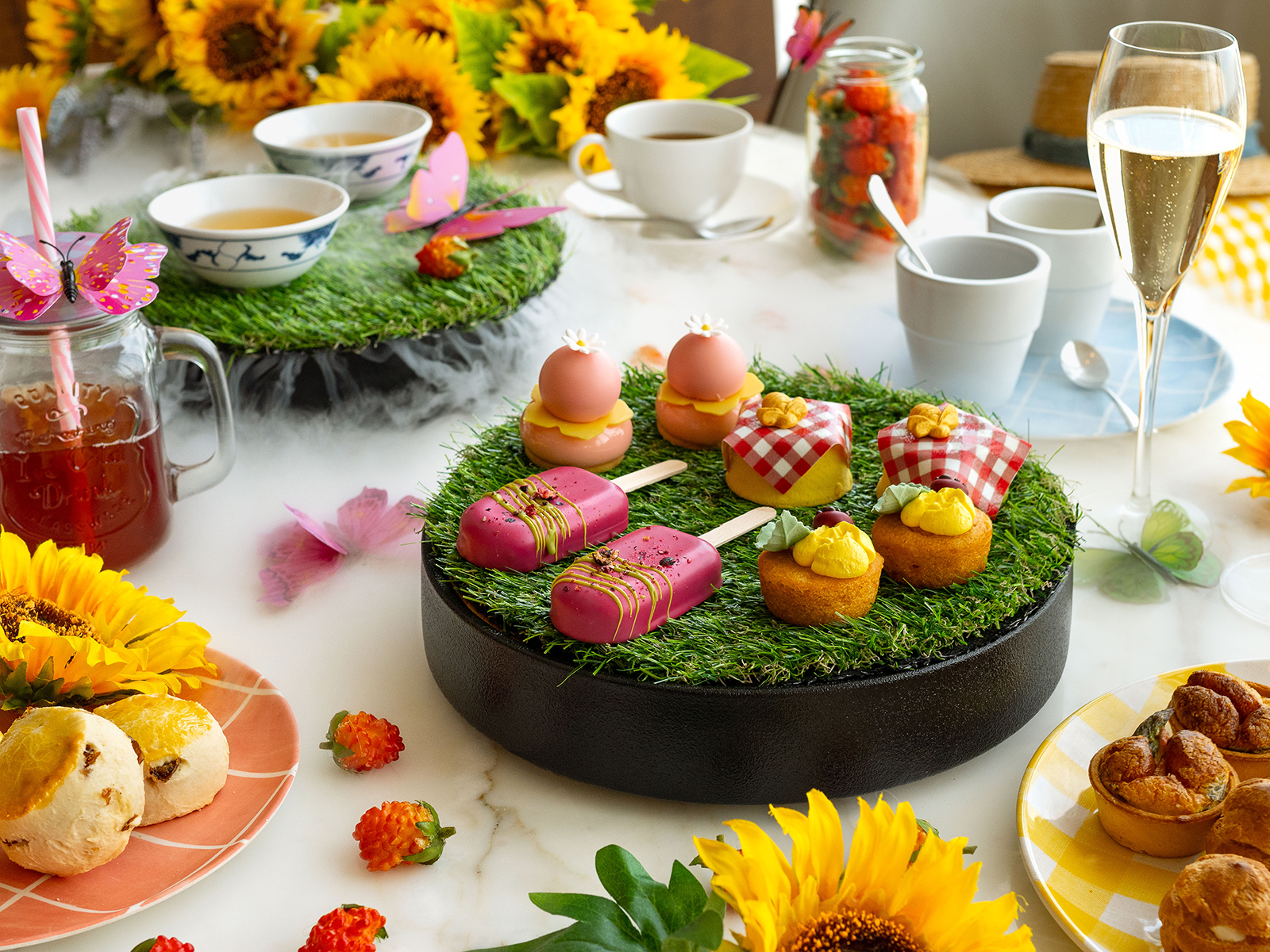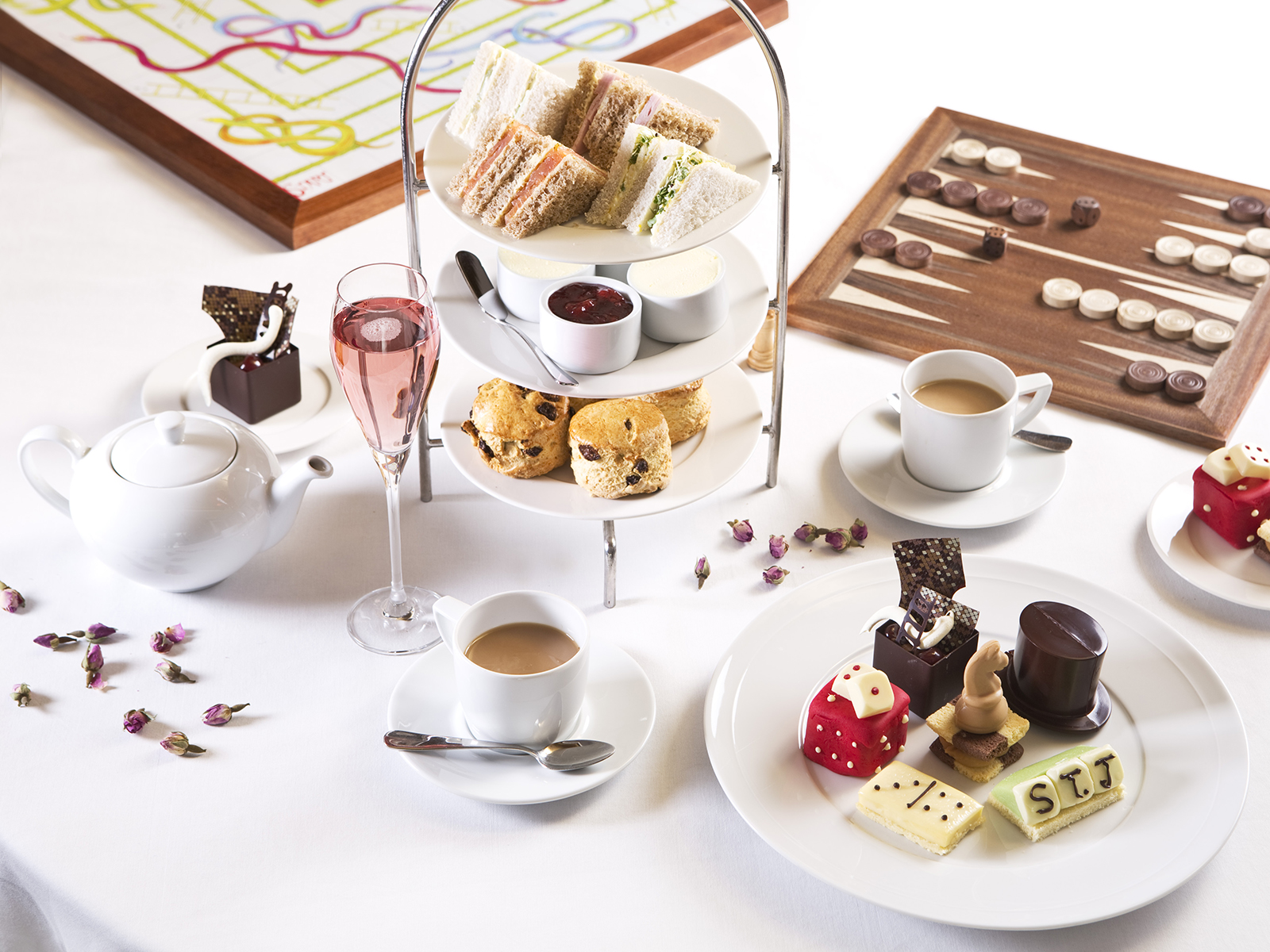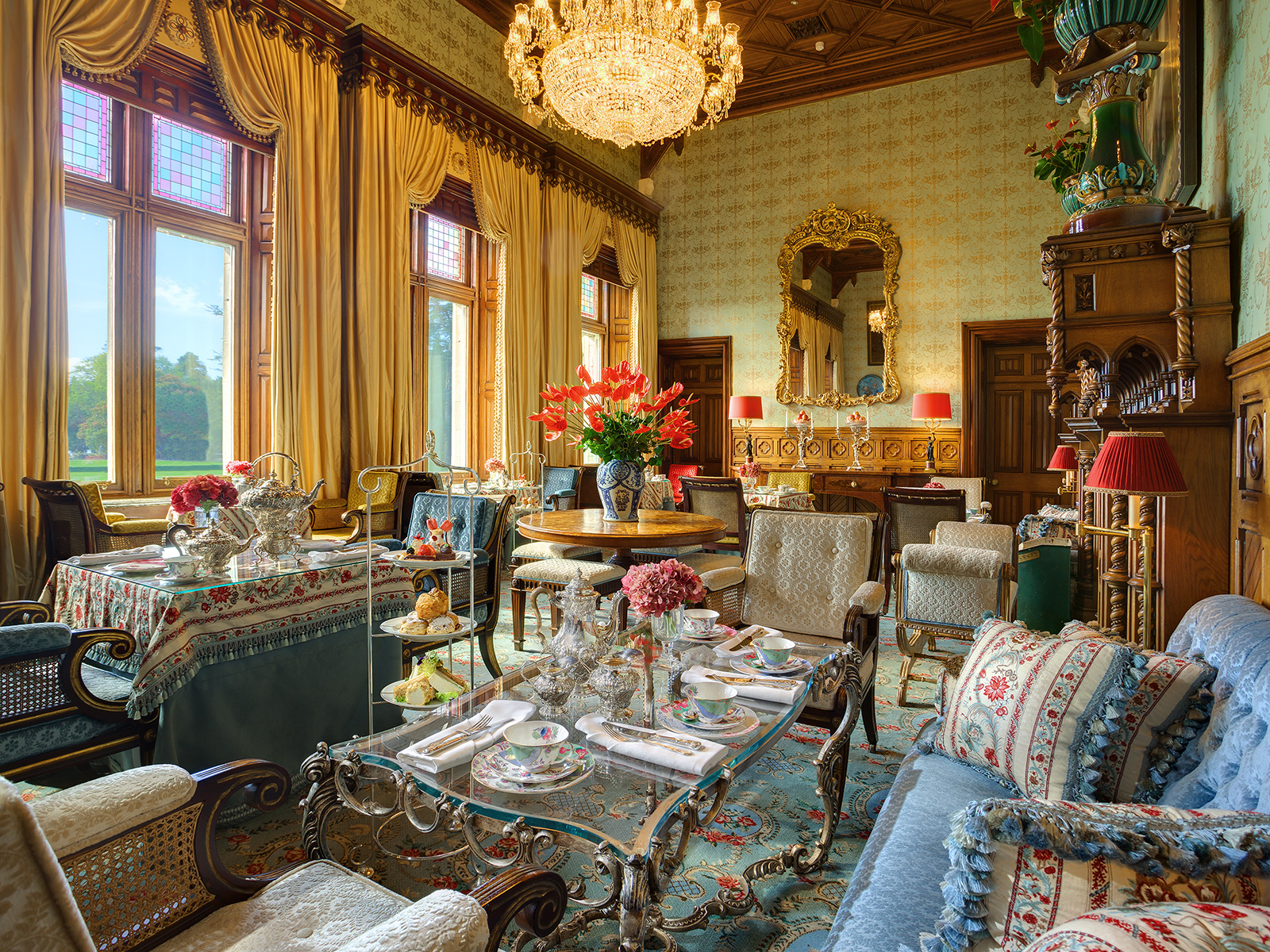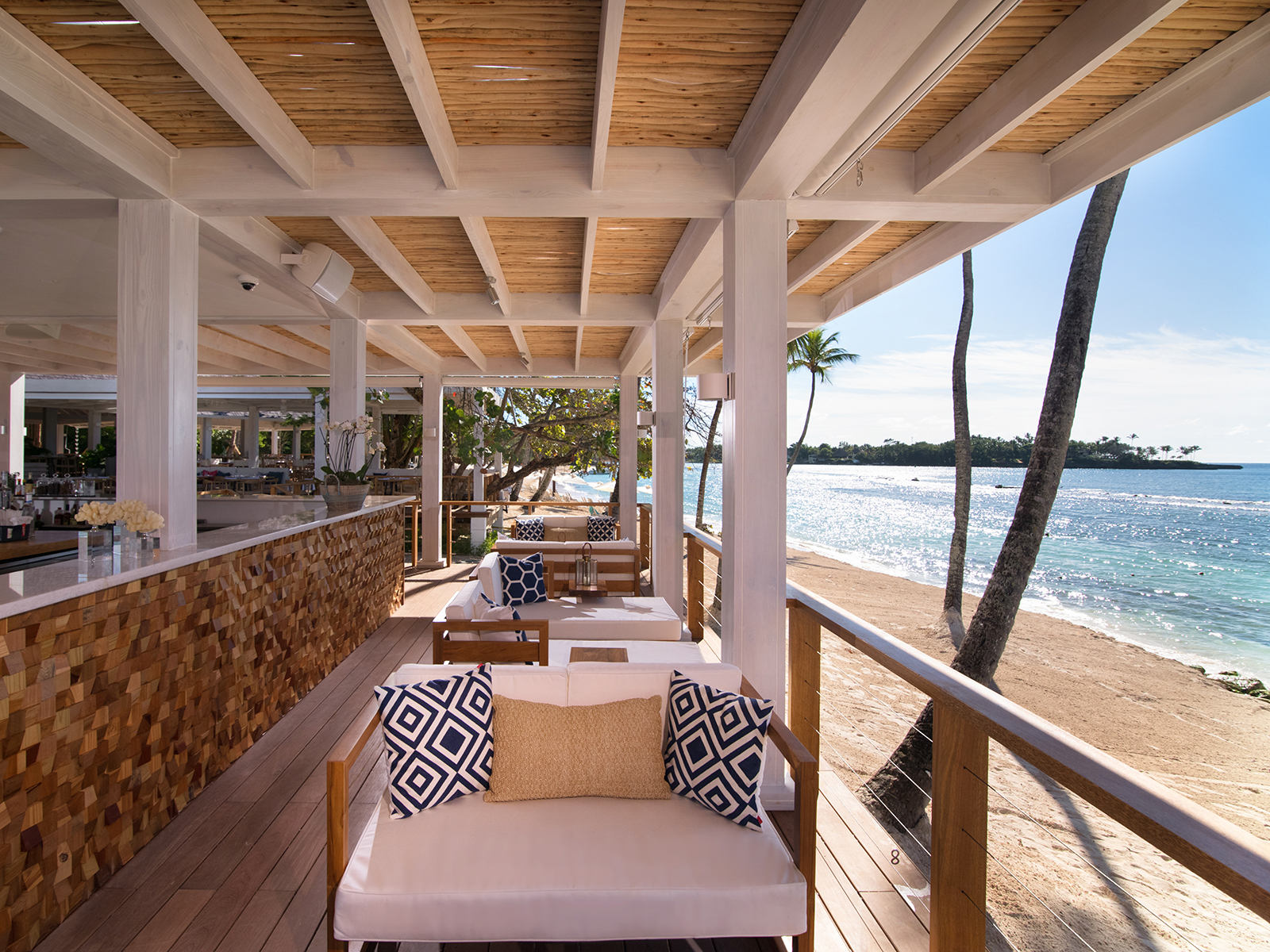Celebrating the Timeless Ceremony of Afternoon Tea
Afternoon tea remains a traditional ceremony, yet it is modernizing, too, introducing rare teas, showstopper cakes, cocktails, and topical themes
Afternoon tea remains a traditional ceremony, yet it is modernizing, too, introducing rare teas, showstopper cakes, cocktails, and topical themes
“There are few hours in life more agreeable than the hour dedicated to the ceremony known as afternoon tea…” wrote Henry James in The Portrait of Lady in 1880. “Whether you partake of the tea or not… the situation is in itself delightful.” Agreeable, ceremonious, delightful—what fitting words to describe afternoon tea.
For a few hours any one of us can sample a slice of genteel living by taking our place at a table laid with crisp, white linen and fine china to enjoy a three-tiered meal ceremony comprising savouries—traditionally finger sandwiches, with the crusts cut off, of course—scones with clotted cream and jam, and finally cakes and pastries. And not forgetting several pots of tea.
The afternoon tea, long since considered an icon of Englishness, has its origins in Chinese tea-drinking ritual, which arrived in London during the 17th century, says historian Jane Pettigrew, director of studies at the UK Tea Academy, author of many books on the subject, and the recipient of a British Empire Medal, which she was awarded for her services to tea production and history.

“From the middle of the 18th century,” Pettigrew says, “there was a change in the time dinner was served in England. It was originally served at midday with tea at the end of it, but as the hour for dining moved into the evening, a little light refreshment was required during the rather long afternoons.”
Society women embraced the notion of afternoon tea and gradually the trend became a custom among the upper and upper-middle classes, an indulgence, both in relation to the food and to the sociability. Cakes were added and then, in about the late 19th century or early 20th century, scones appeared.
Premium ingredients, exclusive teas, wit, creativity—these are all trends we’re responding to—William Drabble
Hundreds of years later, afternoon tea remains largely unchanged, though like all institutions it is modernizing. More recent changes have seen alcohol—Champagne most commonly but also cocktails—join the party, and the arrival of rare teas; of black, white and green ones; of tisanes; and of cakes that use Earl Grey or matcha as an ingredient.
The evolution is gradual, so much so that were Jane Austen—who depicted late 18th and early 19th century middle-class life in such novels as Emma and Pride and Prejudice—to take tea in any grand hotel in the U.K., she wouldn’t be shocked enough to need smelling salts.

“It’s true that the fundamentals are constant,” says Paolo Belloni, executive chef at Shangri-La The Shard, London, “but we still have enormous fun creating something that will surprise our guests even within the confines of what they expect.
“Our Skyline Jubilee tea [pictured above], which we will serve until we switch to our Pink October menu, includes a hoisin duck pancake snack, for example—a nod to the Shangri-La’s Asian roots—in addition to the finger sandwiches, scones, and cakes. We experiment all the time. Champagne is a staple now, and outsells any tea cocktails we have trialled by a huge margin. However, we can react very quickly to any developing trends.”
Afternoon tea at the Shangri-La is big business, with servings starting at noon and continuing until late afternoon. “The Jubilee boosted bookings, but despite newspaper headlines proclaiming the return of the afternoon tea, the truth is, it never really went away,” says Belloni. “What’s changed is our customer base, which now spans all generations. We offer more choice, to cater to younger guests. We do vegetarian options, vegan, gluten-free—it’s a challenge, for sure, but an immensely rewarding one.”

Over at the more traditional St. James’s Hotel & Club, in the heart of London’s Mayfair, executive chef William Drabble has also seen a change in customer base. “Multigenerational family bookings are up, as are bookings from groups of friends. Afternoon tea was and remains a great social occasion. We know our customers love the ritual, the ceremony, and the heritage associated with afternoon tea, but the bar is constantly rising.
“Our guests are very well-traveled and extremely knowledgeable, which means their expectations are high. Premium ingredients, exclusive teas, wit, creativity—these are all trends we’re responding to. Right now, we’re doing a historical tea, based on authentic recipes created by Charles Elmé Francatelli, Queen Victoria’s chief cook, and later general manager of St. James’s Club. Highlights include Cheshire cheese scones, made with the oldest recorded British cheese, and a fine loose tea blended especially for us by The East India Company.”
It’s true that the fundamentals are constant but we still have enormous fun creating something that will surprise our guests even within the confines of what they expect—Paulo Belloni, Shangri-La Shard, London
The Shangri-La is also seeing larger groups coming for the ceremony of afternoon tea rather than lunch or dinner. “There’s something more seductive and fun about it, somehow. It’s less pressurized. People come here to celebrate not only their anniversaries and birthdays, but also their friendships and families, and we make sure that this reflected in what we offer. Our menus are often quite theatrical, with clouds of dry ice, or with a showstopping cake. Our Skyline tea has a chocolate and raspberry Shard, for instance.”

At 800-year-old Ashford Castle, in West Ireland, head pastry chef Mohamed Ouchbakou says that what his diners most value is local, seasonal produce. “Our guests like traditional. We don’t follow fashions, as such, but we do innovate—following the seasons with, say, berries in summer and fall colors later in the year. We are committed to organic produce, 75% of our menu is now organic, and our tea selection is extensive. Champagne is very popular, with rosé gaining ground.”
Let’s not forget that afternoon tea is a global phenomenon. “Leaving aside cultural variations and the age-old rituals of, say, a Japanese or Chinese tea ceremony, we can find what we now call an English afternoon tea in most countries of the world,” says Pettigrew. “This originated during the days of British Empire, and now continues with globalization. So many cuisines are available worldwide.”

So, what can afternoon tea lovers expect to be served in a country that was never part of Britain’s empire. “Coffee,” says Rodrigo Menéndez, culinary director at the five-star Casa de Campo Resort & Villas in the Dominican Republic.
“We do serve traditional loose-leaf teas, but we have integrated coffee into our menu to give our guests the opportunity to enjoy one of our island’s most exceptional products. In a similar vein, we have adapted our cakes to showcase our local fruits. Our passion fruit, mango, or coconut cheesecakes are among our specialities.”
What does Pettigrew think the future holds for the afternoon tea ceremony? “I don’t expect a revolution—just subtle responses to customer demand. I think we will see the emergence of tea masters or sommeliers creating pairings with each course. I also expect to see more rare teas on the menu, and the introduction of tea-based cocktails and mocktails that really complement the food.
“I hope in time people will develop an appreciation of tea. It’s so special, but to really shine it needs good water, and to be brewed for the right length of time, and at the right temperature. It’s like wine. You will only get the best from it if you serve it properly.”
Banner image: Afternoon tea at Shangri-La, The Shard, London